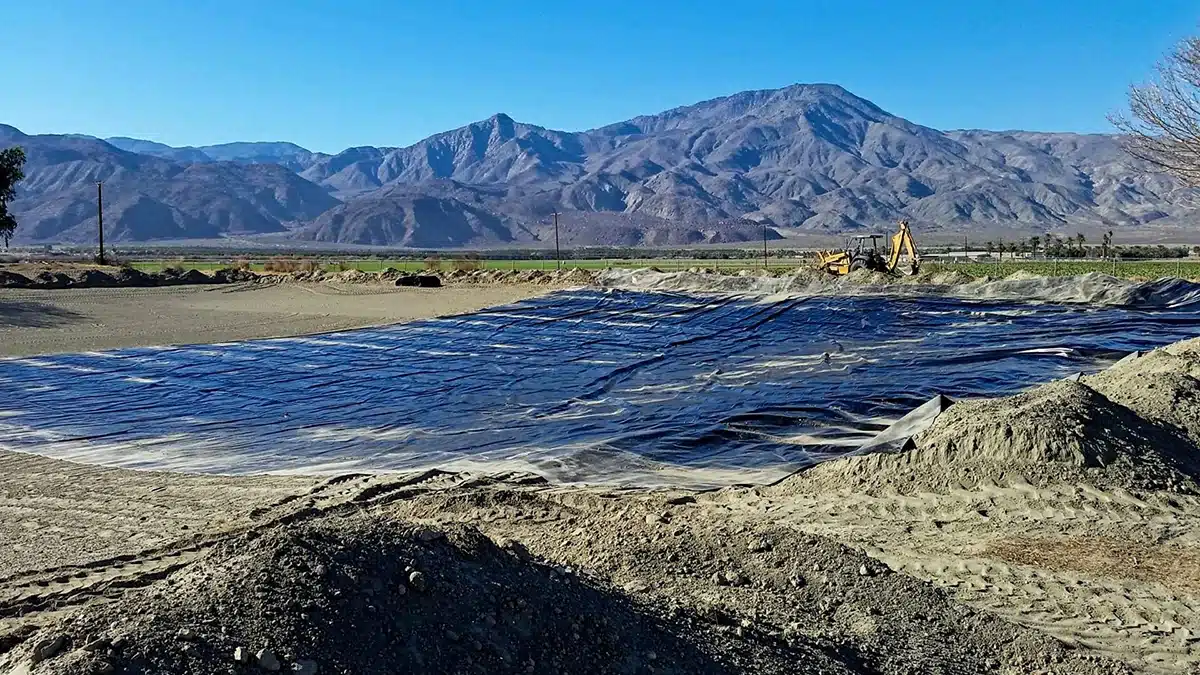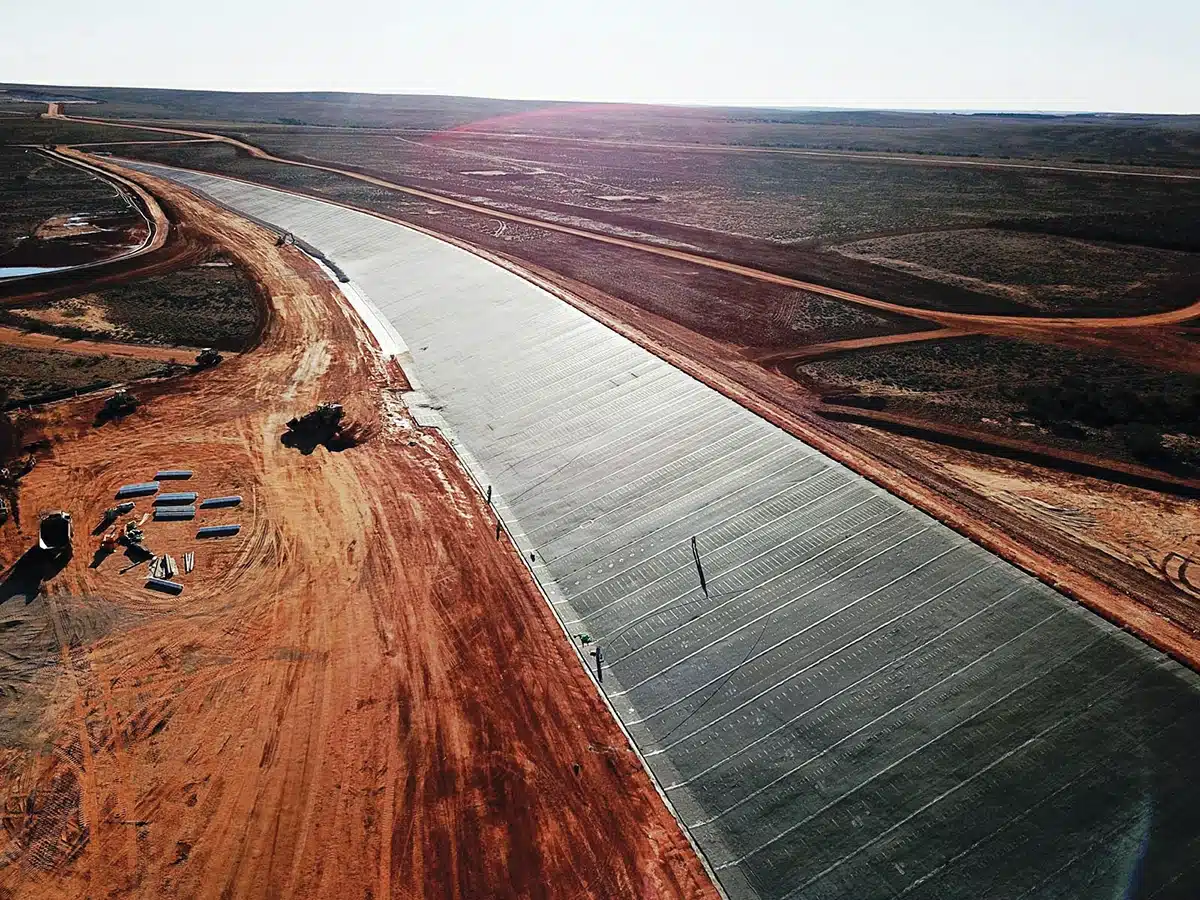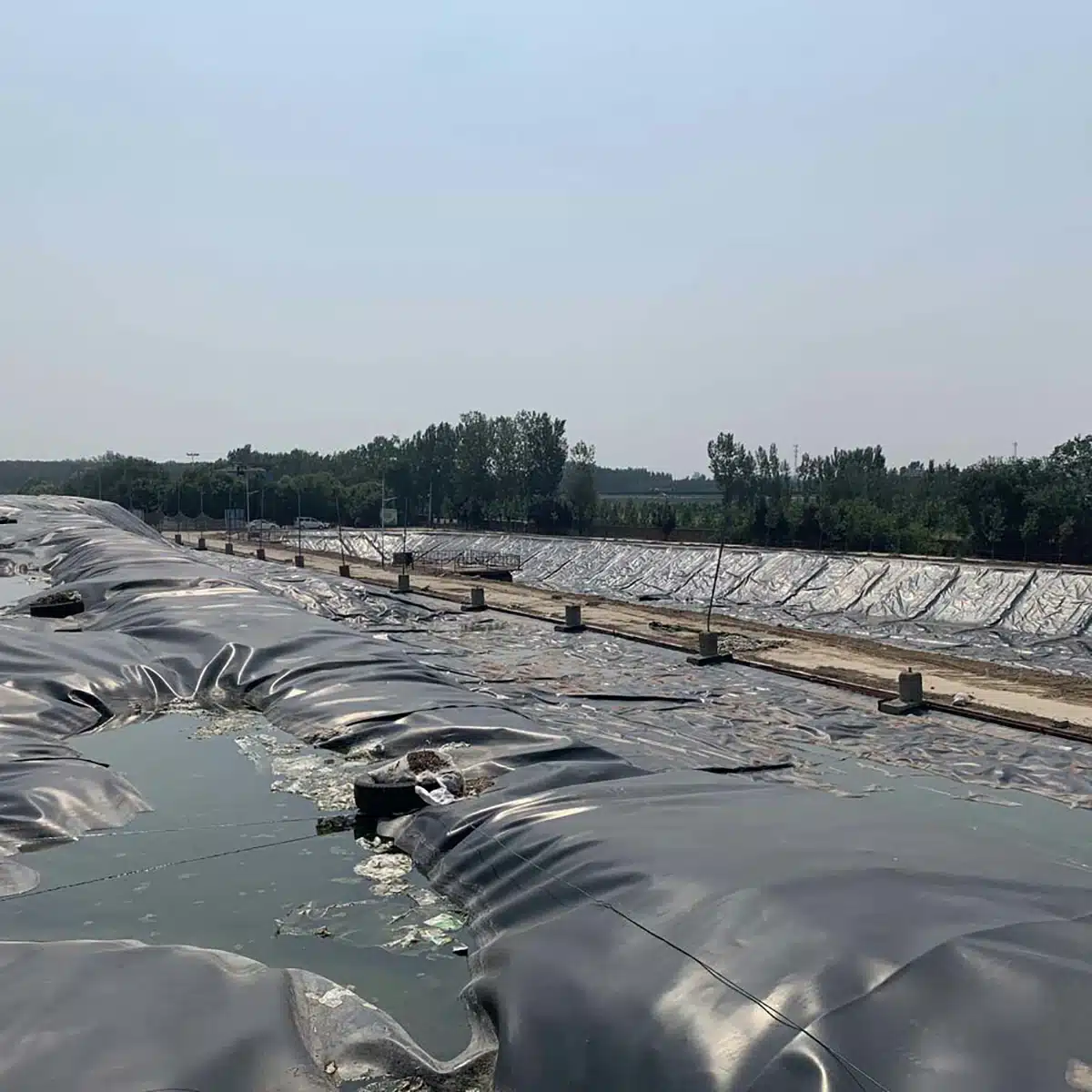+86-159 9860 6917
info@geofantex.com
geofantex@gmail.com
+86-400-8266163-44899
Texture geomembranes emerge as a cornerstone in modern environmental engineering, harnessing unique surface features to deliver unparalleled advantages. These geomembranes, characterized by their textured surface patterns, offer a robust solution for various field applications. The textured design enhances stability, bolstering resistance against slippage and seismic activity. It amplifies frictional resistance, ensuring steadfastness in high-stress conditions while mitigating material displacement. Their superior wrinkle resistance and increased shear resistance make texture geomembranes indispensable in diverse projects, from landfill engineering to mining and wastewater treatment. This guide unlocks the potential of texture geomembranes, elucidating their pivotal role in reinforcing environmental structures with durability and reliability.

What are the advantages of a textured geomembrane?
Textured geomembranes possess a surface profile characterized by raised geometric patterns or textures. These textures create increased interface friction when installed against soil or other materials, providing several advantages:
- Superior flexibility and elongation.
- UV and chemical resistant.
- Puncture resistant.
- Long performance and durability.
- Increased frictional resistance.
Where should a textured geomembrane be used in field applications?
- Landfill Liners and Covers: They are extensively used in landfill engineering as liners to prevent leachate migration into the soil and groundwater, and as covers to contain gases emitted from waste. The enhanced friction and stability provided by textured geomembranes ensure superior containment.
- Mining and Pond Liners: These geomembranes are suitable for lining mining facilities and ponds, where stability against varying terrain and soil conditions is essential to prevent contamination of surrounding areas.
- Wastewater Treatment: Textured geomembranes are employed in containment systems for wastewater treatment facilities, offering reliable resistance to chemicals and preventing seepage into the environment.
- Aquaculture and Agriculture: In aquaculture ponds or agricultural applications, these geomembranes aid in maintaining water containment, reducing seepage, and ensuring stability against fluctuating ground conditions.
What is the purpose of geomembrane?
Geomembranes serve as impermeable barriers, playing a crucial role in containing and preventing the migration of liquids and gases. They are employed to stabilize the earth and to secure landfills, ensuring containment of hazardous or municipal wastes and their leachates, thereby safeguarding the environment from potential contamination.
- Prevent Contamination: Geomembranes act as barriers to prevent pollutants, such as leachate from landfills or chemicals from industrial sites, from seeping into the surrounding soil and groundwater, thereby safeguarding the environment.
- Containment of Fluids: They ensure the containment and proper management of liquids, whether in wastewater treatment, storage ponds, or containment facilities, preventing leakage and protecting surrounding ecosystems.
- Gas Barrier: Geomembranes act as a barrier against gases produced in landfills, redirecting and controlling their release to mitigate potential environmental and health hazards.
What is the use of geomembrane in landfill engineering?
Landfill engineering requires robust containment systems to ensure the safe disposal of waste and prevent environmental degradation. Geomembranes, including textured variants, serve as primary components in landfill liner systems. They create impermeable barriers that effectively contain leachate, a liquid formed from the breakdown of waste, preventing its infiltration into the surrounding soil and groundwater. Additionally, geomembranes in landfill engineering aid in the control of methane gas emissions, mitigating potential environmental hazards.

Textured geomembranes, with their advanced surface designs, reinforce the integrity of landfill liners, enhancing their stability and performance over time. These specialized membranes contribute significantly to the sustainability and long-term viability of landfill sites by minimizing environmental impacts.



Get Free Sample
We’ll respond as soon as possible(within 12 hours)






















